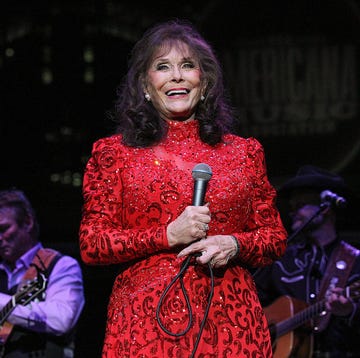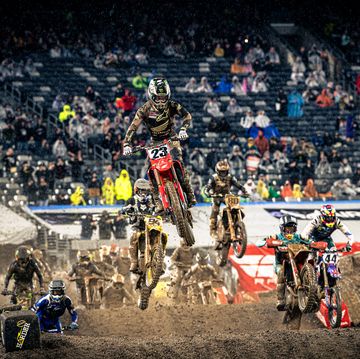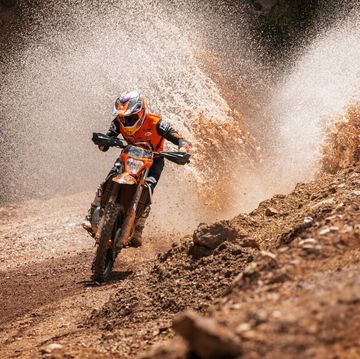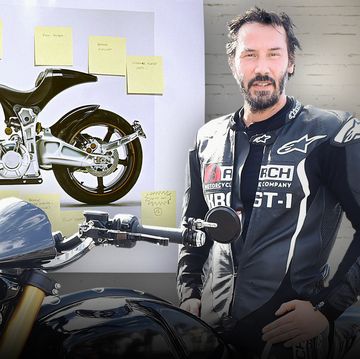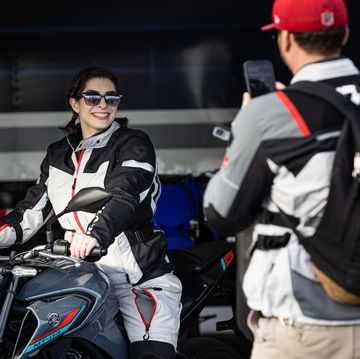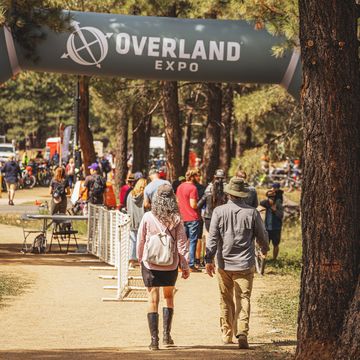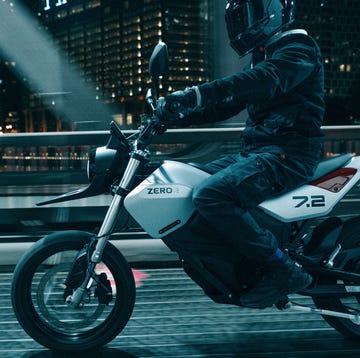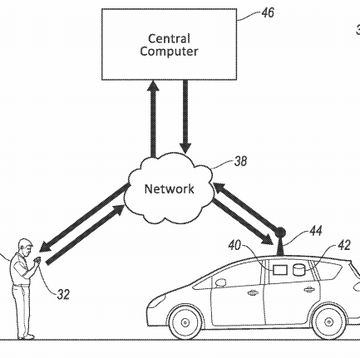Nobody really has to buy a motorcycle. But these days plenty of people want to. And you may be one of them. Before you plunk down your money, swing your leg over the seat and feel that warm breeze of freedom, you need to resolve several critical issues.
Am I an experienced rider?
Riding a motorcycle is undeniably fun. It also can be lethal if done wrong. Therefore, before you even consider buying any kind of motorcycle, assess your skills and abilities. If you're a rank novice, you need to learn how to ride. If you've been away from motorcycling for a while, you should take a refresher course. And if you don't already have a motorcycle license, you're going to need one to ride legally. The best course of action is to go to a riding school. To find one, contact the Motorcycle Safety Foundation (800-446-9227; www.msf-usa.org) in Irvine, Calif.
How do I intend to ride?
The kind of riding you're interested in fairly well dictates the type of bike you should shop for. Conversely, the kind of bike you ride largely defines your motorcycling world and lifestyle. So, besides selecting the motorcycle based on its mechanical and performance attributes, consider what circles you'll likely be riding in—so to speak. If you don't think of yourself as a racer or a biker in the Wild One vein, and you would be comfortable at, say, an Eagles reunion concert, consider a traditional bike. People attracted to sportbikes, on the other hand, tend to indulge in extreme activities—think The Fast and the Furious, only on two wheels. If you want to hang with the hip-hop crowd, maybe you're a sportbike candidate. Folks who enjoy the touring lifestyle tend to be older—often they're retirees—and are in no kind of hurry when they watch the scenery go by on all sides. If an RV lifestyle or dinner theater appeals to you, so might a touring bike. But if you want to put some adventure into a long daily commute, you may be cruiser-bike material.
How much should I spend?
It's a discretionary purchase—the mortgage comes first, okay? Depending on the type of motorcycle you choose, you can expect to pay anywhere from under $5000 to $25,000 for a new bike. Motorcycle dealers, like auto dealers, will do what they can to help you with financing options, and many offer used bikes as well.
Do I really need a new bike?
For many riders, a used motorcycle is a better option. Besides being more affordable than a new bike, a used one is a sensible transitional machine. You may find that the bike you bought to get you back in the game is somehow lacking after you've spent some serious time on it. And the reality is, sooner or later your first motorcycle is going to hit the pavement. There's no reason that the bike you ding up needs to be an expensive one right out of the crate. Give yourself a few months to get comfortable—then you'll be more than ready for a new set of wheels.
Is this the bike for me?
As you shop, consider your body type: If you cannot put both feet flat on the ground when the bike is upright, it's too tall for you, period. Also, if this is your first bike, or you've never ridden anything scarily fast, don't even look at a high-performance bike.
That said, if you see yourself using the bike primarily as daily transportation, consider a standard, or traditional, bike. If you used to ride years ago, these will look familiar, but feel better thanks to electric starters, fuel injection and disc brakes. If your commute is a long one, you typically do it with a passenger and you want a bit more style, the next logical choice is a cruiser. If you intend to spend many hours and miles in the saddle with a passenger sitting behind you, you need a touring bike. For a little more performance in a touring bike, there's a subset called sport/touring. If you primarily want to straighten curvy roads, your needs will be best met with a sportbike. If you want a basic commuter that can keep going when the pavement doesn't, look at a dual-purpose bike: a standard bike with extra ground clearance and knobby tires.
What else do I need?
Before you start riding, you'll require a helmet, jacket, gloves, boots, rain suit and, possibly, dedicated eyewear—especially if you wear glasses. Don't stint when you buy your riding outfit: Should you ever need it, it's all there is between you and the hard, coarse pavement. Buy a helmet that meets both DOT (Department of Transportation) and Snell Memorial Foundation's current safety standards, nothing less.
Then, after you're fully trained and equipped, prepare for adversity. Expose yourself to what you're bound to face eventually when riding in a safe and controlled environment. While you may never intend to ride in the rain, sooner or later you're going to get caught in a shower. Go to an empty parking lot or deserted stretch of road on a rainy morning to get yourself used to the feel of wet pavement and how the bike reacts to braking, accelerating and swerving in the wet. These are skills you don't want to have to learn on the job.
border="0" cellspacing="2" cellpadding="2">
Whether you buy a used motorcycle from a dealer or an individual, compare the odometer reading with the condition of the bike. Does it look right? Ask to see the maintenance and service records and receipts.
• Look for rust and scratches on the bodywork, tank and fenders. Inspect the footpegs for wear: Worn on top means lots of miles. Worn on the bottom means a rider leaning over too far in corners.
• A cracked or weather-beaten seat and faded, oxidized paint means the bike has seen a hard life.
• Check for new or aftermarket parts that have obviously replaced broken ones. Specifically, check the footpegs, mirrors, handlebar grips, and brake and clutch levers.
• Inspect the engine and transmission cases for oil seepage, weeping and leaks.
• The chain should be clean and tight, with about an inch of slack measured halfway between the sprockets on the bottom run. A rusty or grime-caked chain indicates lack of maintenance.
• Brake discs should be smooth, clean and not blue—a sign of dragging/overheating brakes. Examine the tires for signs of abuse.
• The bike should start easily and may initially emit a little smoke on a cold startup. If it's hard to start or billows clouds of smoke—especially blue smoke—beware.


